Over 8,000 people died and nearly half a million homes were destroyed by the 2015 Nepal earthquake and subsequent aftershocks. Another consequence was the huge destruction wrought upon Nepal's education system, with as many as 8,000 schools damaged or destroyed. Reconstruction has been challenging — and nowhere more so than in remote, mountainous districts like Gorkha, where Concern works.
There’s an old Irish saying that goes, “you can’t eat the scenery” and it applies to many of the locations where Concern has worked over the past fifty years. A place may be beautiful to look at — but difficult, stressful, or downright dangerous to live in. As Concern Worldwide prepares to exit Nepal following a three year commitment, Irish woman Eileen Morrow has been overseeing the completion of our remaining projects high in the hills: the construction of earthquake-resistant classrooms and community buildings. She wrote for us about the work, its challenges, and potential rewards.
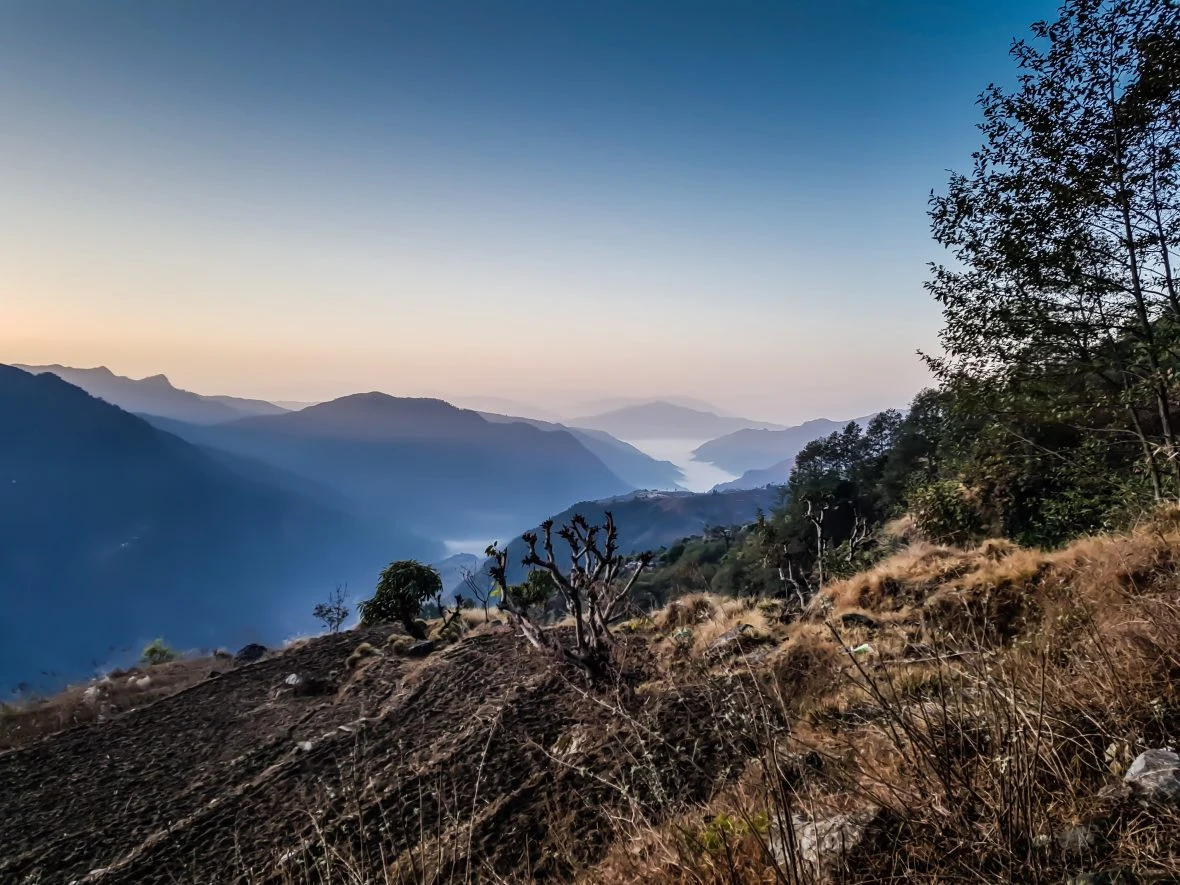
Beautiful but deadly
The landscape here is stunning... the country goes from just above sea level to earth’s highest peak in less than a hundred miles. But it's very much alive and moving — and you can't really trust the ground beneath your feet for too long. There are regular landslides, floods, and occasionally tremors.
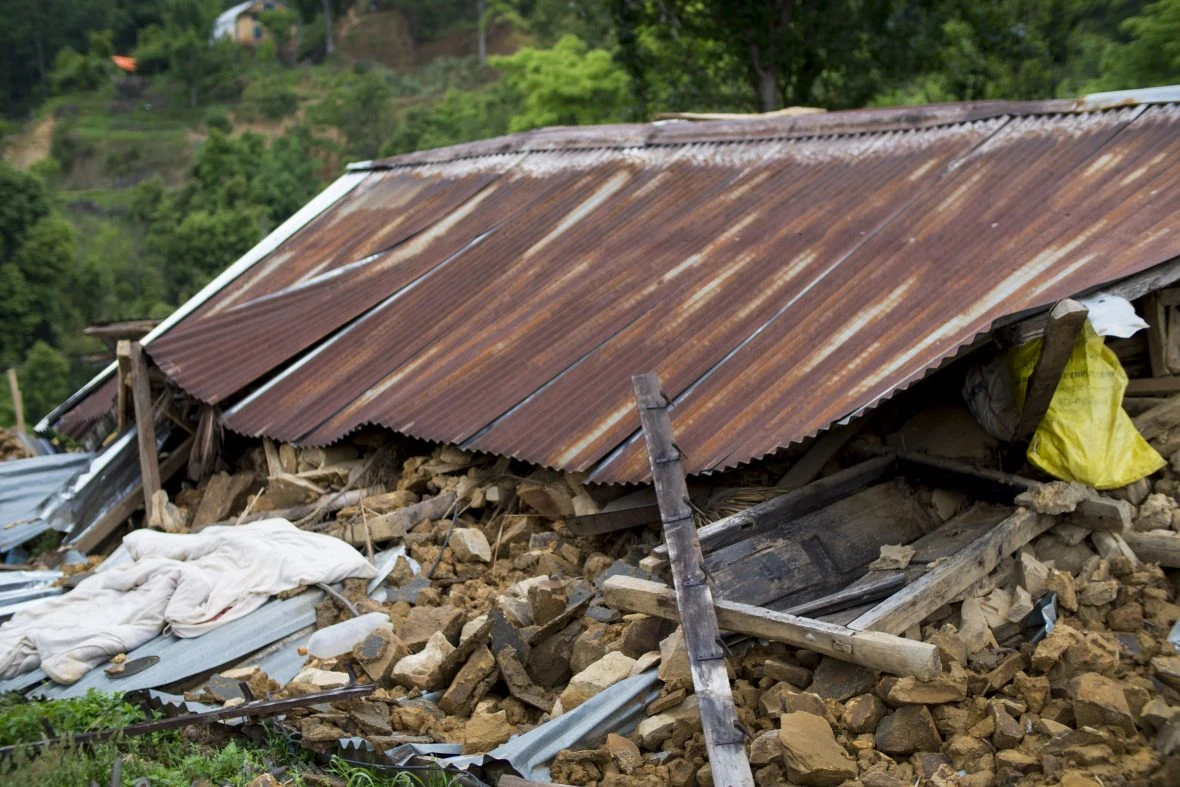
"I have marveled at how it takes so long to travel short distances."
There is minimal road network and it often disintegrates completely when the rains come. Over a third of the population live at least a 2 hour walk from the nearest surfaced road; for some it takes days of hard trekking. I have marveled at how it takes so long to cover short distances — often it takes more than an hour for a car to travel 6 miles on the narrow, winding, and crater-ridden roads, often affectionally known as "dancing roads." Generally at least one passenger is horribly carsick. When I was back in Ireland, I bought travel sickness wrist bands for my worst suffering colleagues. They definitely don’t work here!
A challenging project
After the immediate relief effort in the wake of the earthquake, we turned our attention to rebuilding and to helping people here reduce the risks from further disaster. This area sits right on the convergence of two tectonic plates and there is little doubt that there will be more quakes in the future. The most recent program has targeted 44 schools and their communities, with the specific aim of restoring access to a safe learning environment for over 7,000 pupils and teachers.
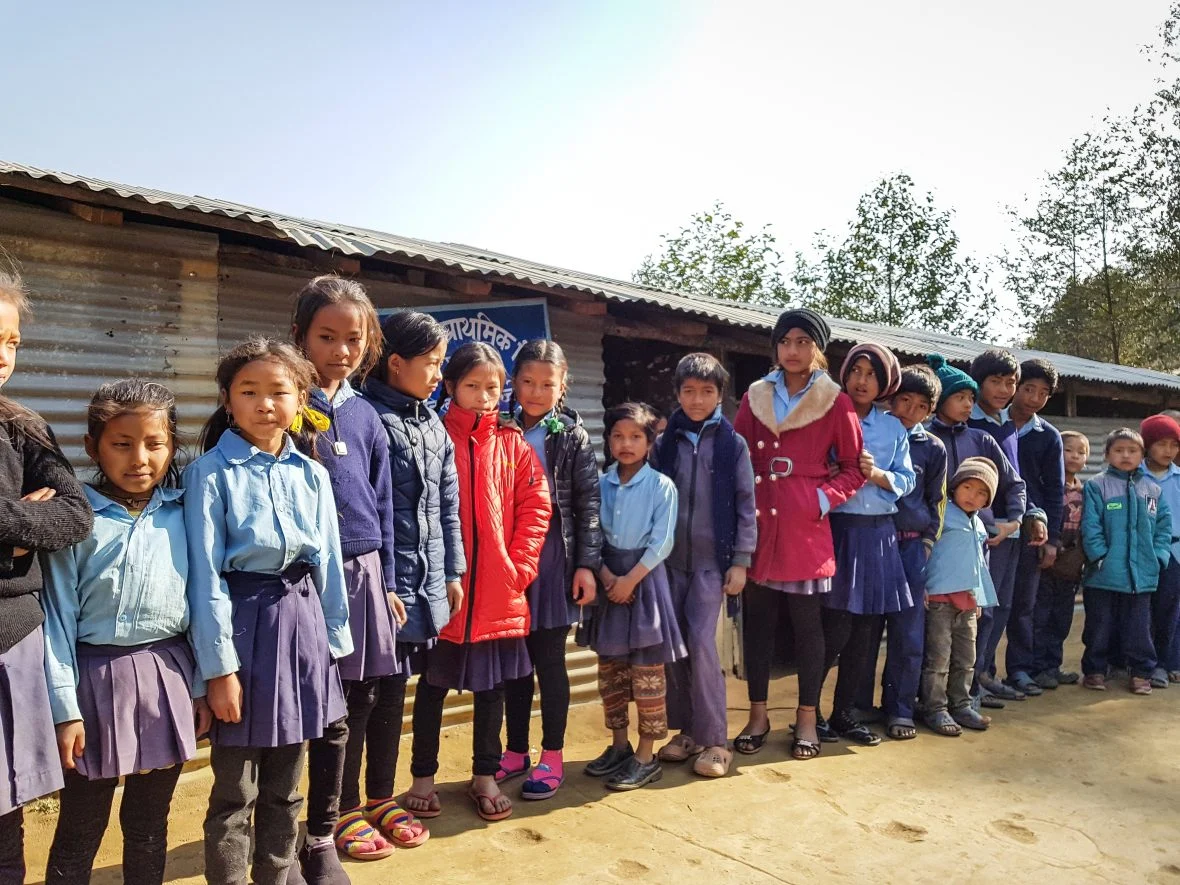
"Our team looked at various options to transport materials to the site, including a mule train...a helicopter... and a cable car."
Mahadevesthan school is a good example of a project that presented us with many challenges. This school is just opposite the epicenter of the 2015 Gorkha earthquake. The kids have been studying in a tent and there was no road to the site. Our team looked at various options to transport materials to the site, including a mule train (at least 3 months to carry out), hiring a helicopter (too expensive as no suitable landing site for a large one, so multiple trips would be required), and construction of a cable car to hoist the materials up hillside (VERY complicated). Happily, we were able to negotiate with the government to jointly pay for an excavator to dig out a road, as this was by far the cheapest and best option. Even this proved difficult, as excavators are oversubscribed and their drivers would rather take the jobs closer by.
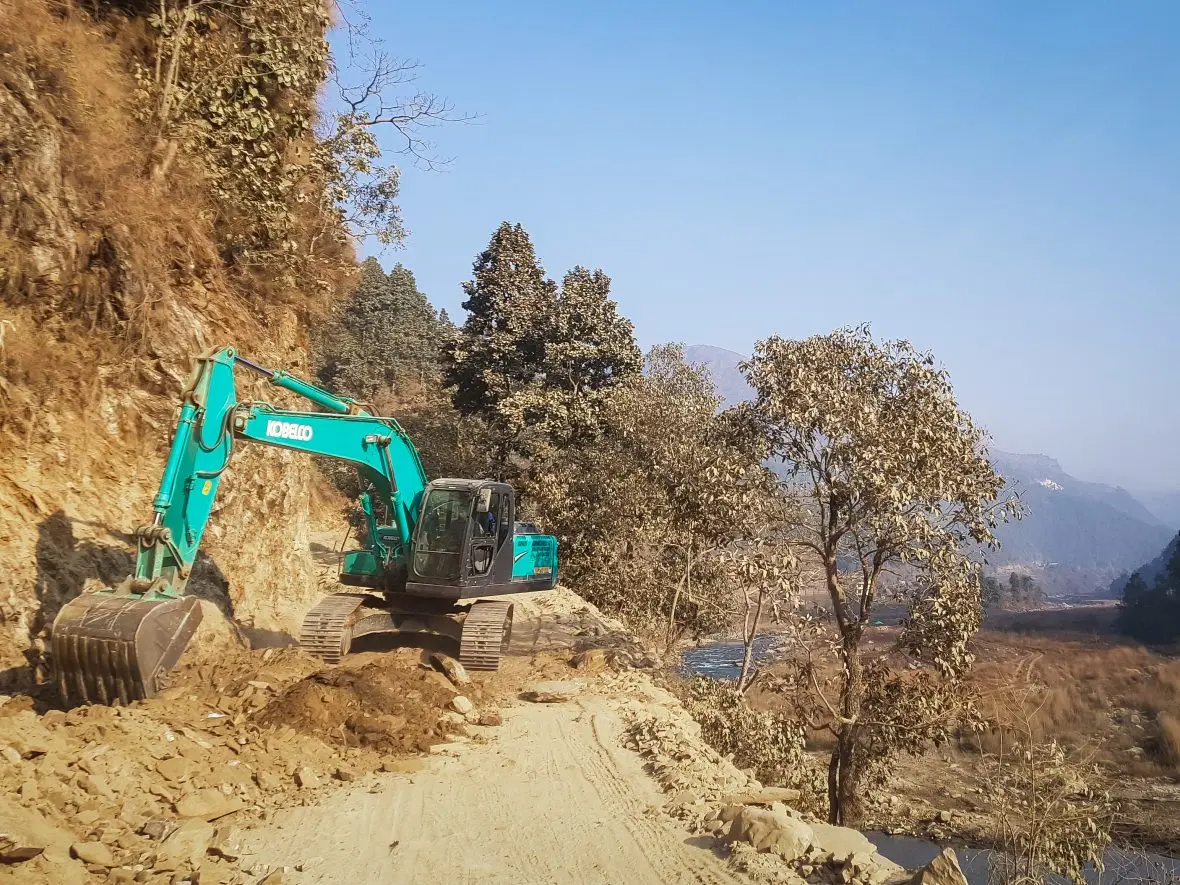
Accessing labor for reconstruction has been quite difficult — lots of Nepalis have migrated overseas to find employment on the construction sites of Kuwait, Qatar, and Malaysia. The Nepali government is providing cash grants for families to rebuild their homes and there are certain deadlines to be met to access that money. This understandably means that many people are working on their own homes and so are not available for wider reconstruction efforts. But we worked it out, and I was particularly delighted to see so many women benefiting from the work and training.
Rebuilding for the future
We are building one-story, three-classroom blocks, providing mason training to local people as part of the process. This type of structure was chosen as it's most similar to what the community was building themselves. But the key factor is that it is earthquake-resistant, using steel reinforcing bands to withstand the impact of earthquakes stronger than the 2015 earthquakes. The last big one happened on a Saturday, when no children were in school. It’s unlikely that Nepal will be so lucky again, so safe schools are a key priority.
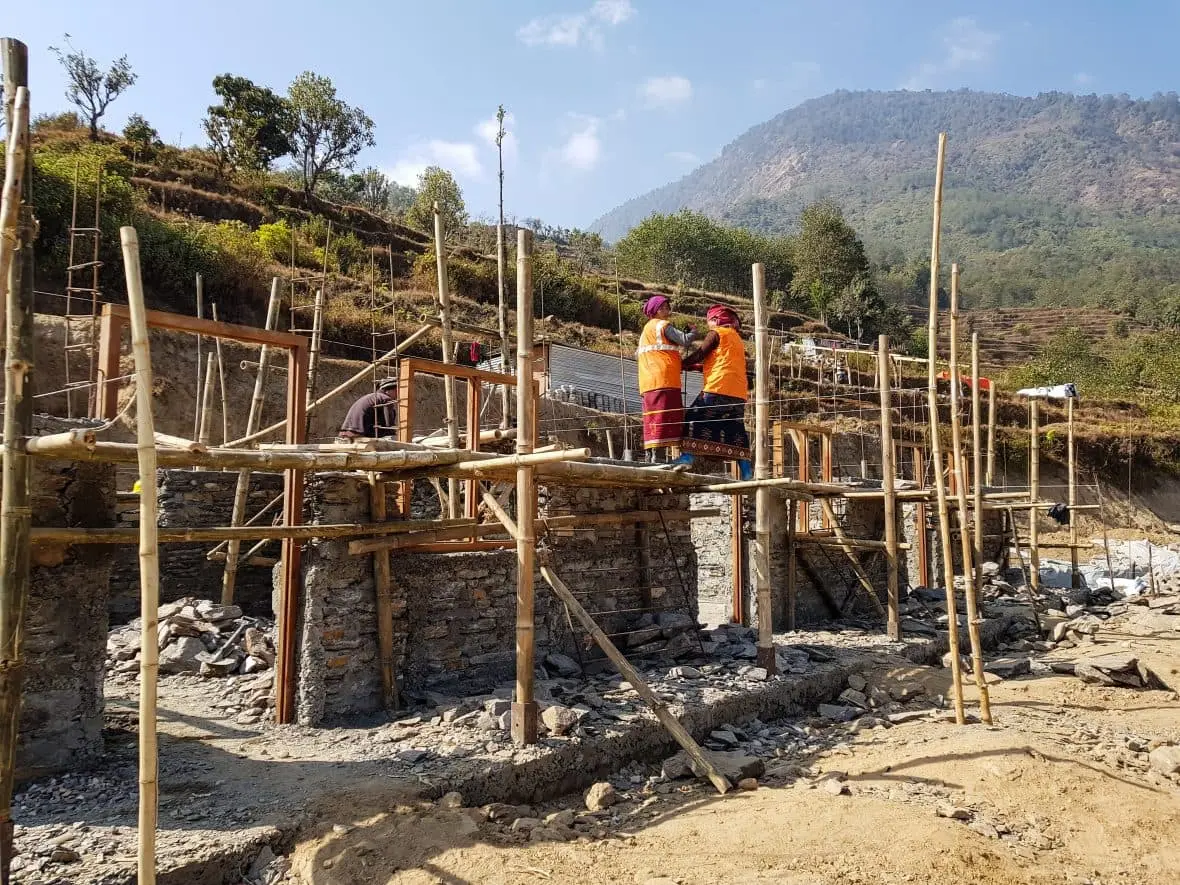
Possibly one of the most encouraging signs walking around the community is that people have been using this approach when rebuilding their own homes too — which means that they (as well as our schools) should be able to withstand at least the same intensity of earthquake as the last big ones. The message is still to get outside in the event of an earthquake, if it’s safe to do so, and we have been carrying out mock drills at schools and putting in reinforcements in the surrounding slopes to stop landslides.
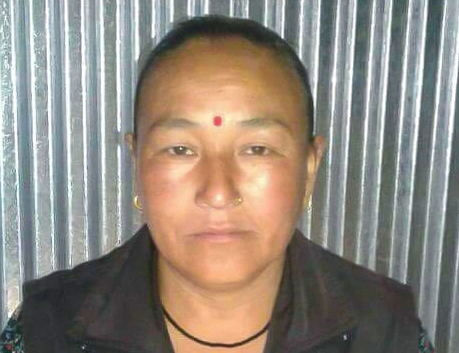
Maan Maya Tamang is an energetic and enthusiastic 45-year-old woman who lives with her husband, daughter, and son in Ajirkot, Gorkha. After the earthquake, they were forced to sleep in a cattle shed for 9 months, as their house had been destroyed.
She got a job working with Concern on the reconstruction of the new school in her community, and the training she received on the job changed her life. “I developed a deep passion for learning construction work,” she says. “I was paid equal wages to that of men, which was a real source of pride to me.”
Maan now earns about 16,000 Nepali rupees a month, working on the construction of houses in the locality. “I therefore have been able to send my children for higher education… so it’s been a great positive change in my life.”
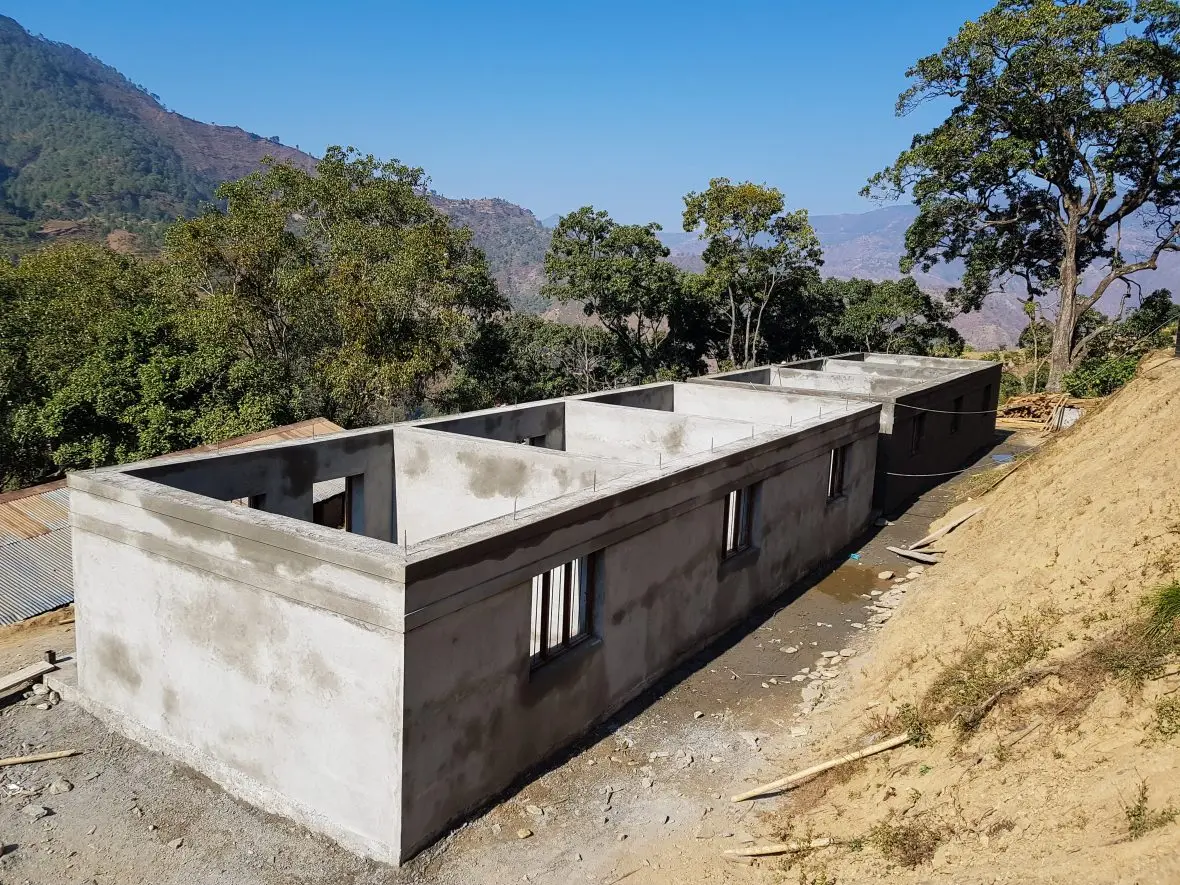
Another spinoff benefit of Concern's commitment to build back better has been the installation of safe and clean water facilities at each of the schools, to which each community has access, as well as training in improved hygiene practices.
"It has been our duty and honor to help them protect the safety of the future generations of Nepal."
The people who live such a precarious existence in these remote hillside communities are incredibly resilient and hardy. While I was not here for the earthquake and the immediate months after it, time and again I have heard stories from Nepalis across the country about how everyone grouped together and helped each other. They were the first responders. Many have a healthy respect (and naturally, fear) for the power of the earth beneath their feet — but this is their home and it has been our duty and honor to help them protect the safety of the future generations of Nepal.
